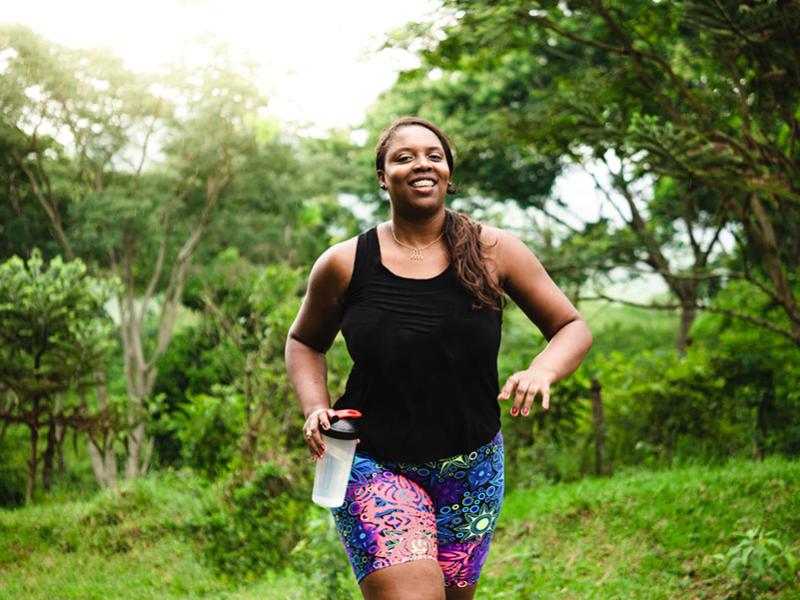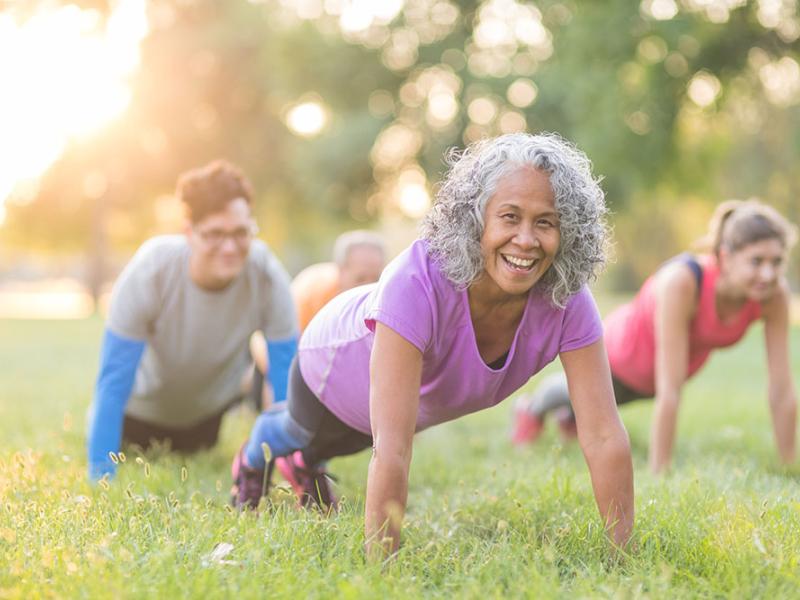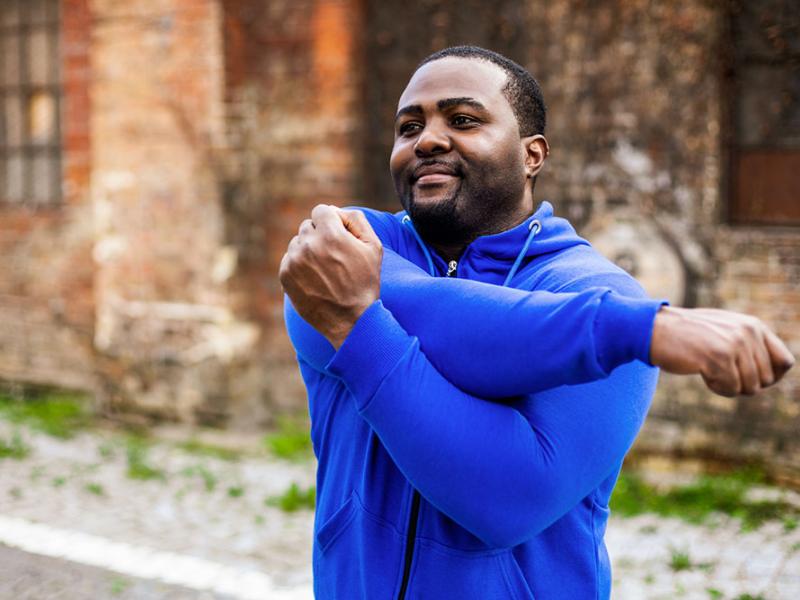Being active is great for your body and mind! It’s also a fun way to spend time on your own or with family and friends. Moving more can help you feel strong and stay healthy.
Why Be Active?
Here’s how regular physical activity can help:
- It may lower the chance of having health issues like heart disease, diabetes, or certain cancers.
- It can help manage health problems like high blood pressure, arthritis, or anxiety.
When kids and grown-ups stay active, they might:
- Sleep better at night.
- Feel happier and more relaxed.
- Have less pain in their joints.
- Do better in school and other activities.
No matter your age or ability, moving your body in ways you enjoy can make a big difference!
How Much Do I Need?
How much movement is right for you?
- Young Children (2-5): Let them play actively a few times each day. There’s no set time—just let them move and explore.
- Kids (6-17): Aim for at least an hour of active play every day. Keep it fun and engaging.
- Adults (18-64): Try for around 2 hours and 30 minutes a week of activities like walking, biking, light yard work, or dancing. Spread it out—it all adds up!
- Older Adults (65+): Go for the same goal as younger adults, but add exercises to improve balance. Always check with your doctor before starting something new to stay safe.
Remember, these are just guidelines and different amounts may be a better fit for you. Every bit of movement adds up throughout the day. Include activities in your daily routine that make you feel good.
Type of Movement
Exercise comes in four main types, and each offers unique benefits. Here’s a quick look:
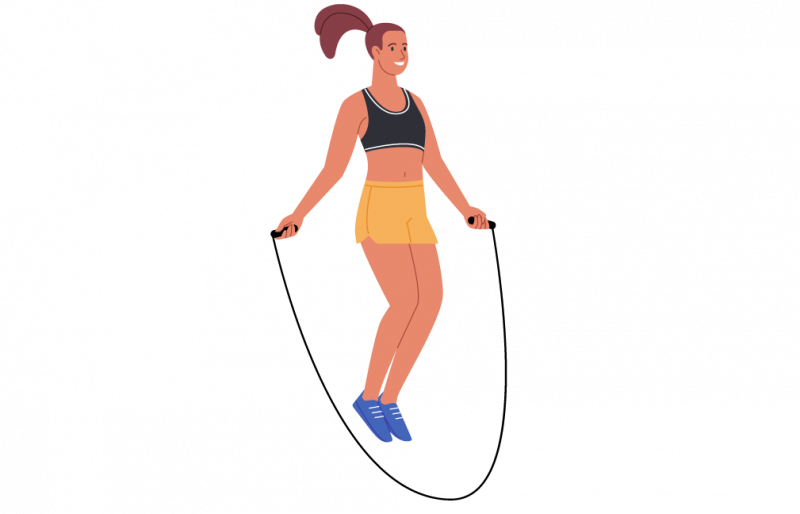
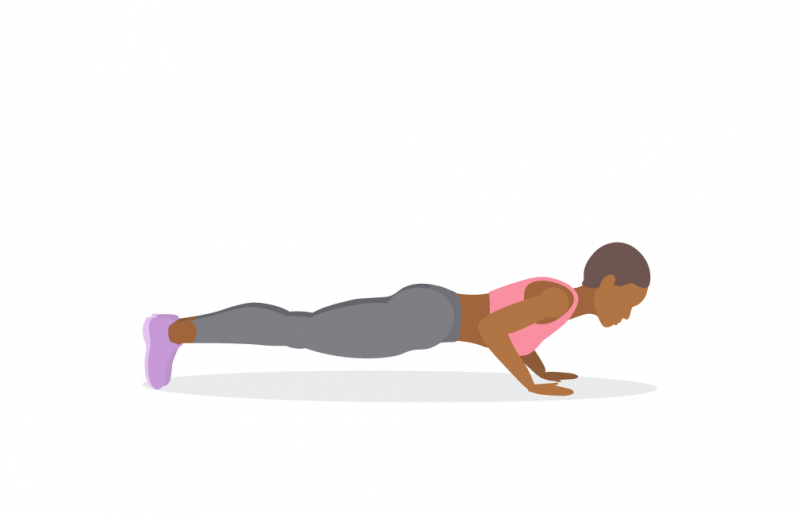
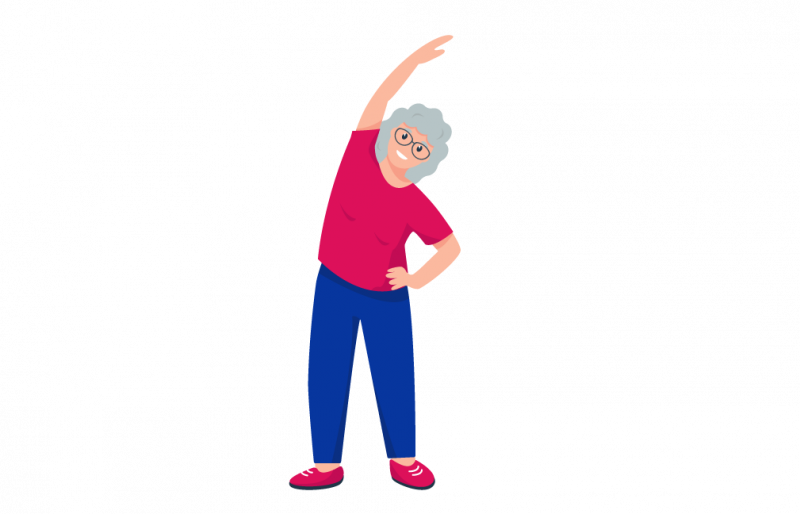
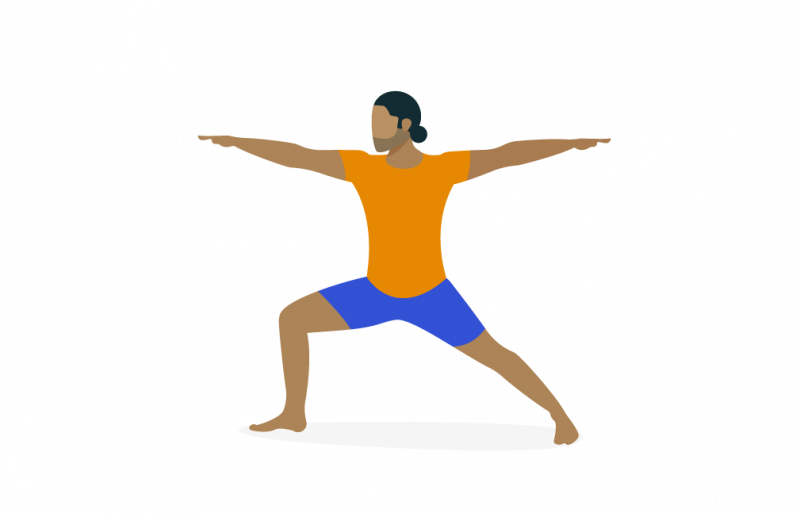
- Aerobic activities (like walking or dancing) help your heart and lungs stay strong.
- Strength exercises (like lifting objects or using resistance bands) build muscles and support your bones.
- Flexibility movements (like stretching or yoga) help your body stay limber and reduce stiffness.
- Balance exercises (like standing on one leg or tai chi) can lower the chance of falls, especially for older adults.
Mix and match a variety of activities to get benefits from each type. Browse our Movement Library to find your new favorite movement or workout routine.


